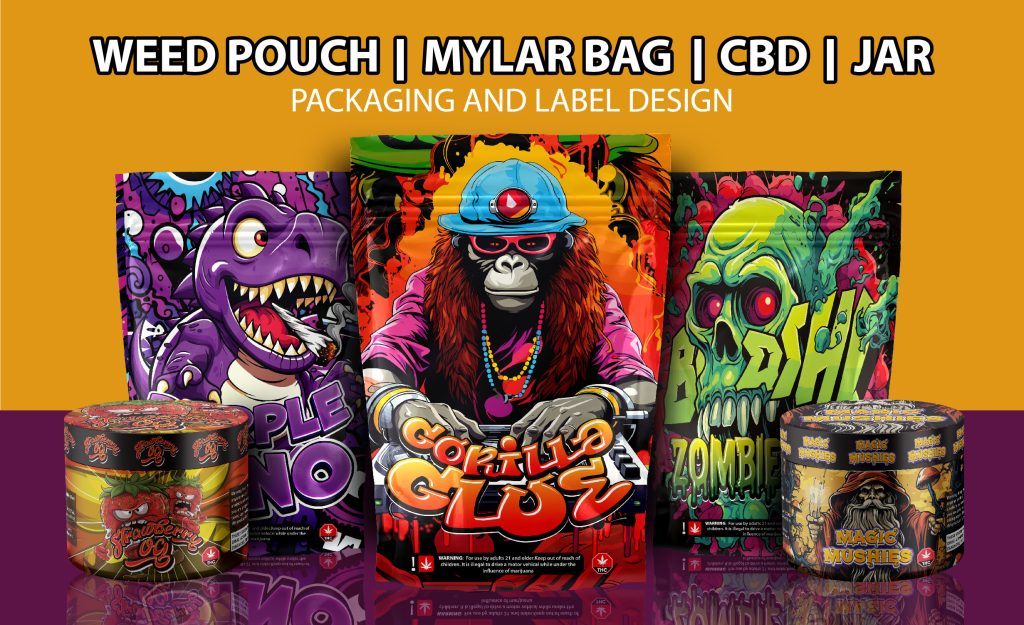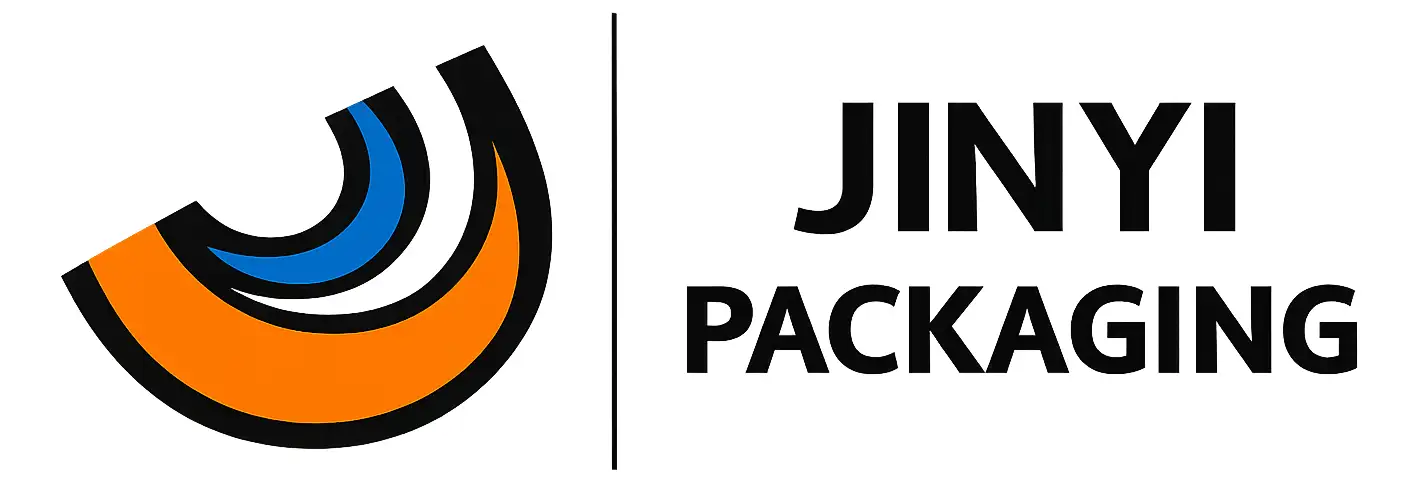Vacuum Sealing Technology: The Science Behind Food Freshness
Home » Technical-News » Vacuum Sealing Technology: The Science Behind Food Freshness

Introduction: Why Vacuum Sealing Technology is a Game‑Changer in Food Preservation
Vacuum sealing technology has revolutionized the way we preserve food in both household kitchens and commercial facilities. By removing air from food packages and creating an airtight seal, this method effectively slows microbial growth, oxidation, and freezer burn—extending shelf life significantly beyond conventional packaging. In today’s climate of sustainability, food safety, and global supply chains, vacuum packaging has become a linchpin for freshness and efficiency.
At Jinyi Packaging, we specialize in designing and manufacturing high‑barrier vacuum sealing bags made from premium materials. In this deep dive, we’ll explore the science behind vacuum sealing, its benefits, applications, materials, technology trends, and how Jinyi excels in delivering top-tier vacuum packaging solutions.
1. What Is Vacuum Sealing Technology?
Vacuum sealing technology involves two critical steps:
Air Extraction: Oxygen and other gases are removed from the bag using a vacuum pump.
Heat Sealing: A heat-critical seal is created on multi-layer or barrier films, preventing air re-entry.
With the air removed, the environment becomes anaerobic, which:
Substantially delays oxidation and rancidity in fats and oils
Suppresses aerobic bacteria and mold growth
Mitigates freezer burn and moisture loss in frozen products
This makes vacuum packaging the go-to option for preserving the quality, taste, and color of food items for weeks or even months.
2. The Science of Freshness Preservation
2.1 Oxygen and Oxidation
Oxygen is the catalyst for oxidation reactions that lead to flavor and color degradation. Vacuum sealing reduces internal oxygen to less than 2%, vastly slowing these reactions.
2.2 Microbial Control
Most spoilage bacteria and molds require air to proliferate. Vacuum packaging interferes with their lifecycle, significantly extending shelf life—especially for vacuum-sealed meat, cheese, fish, and vegetables.
2.3 Moisture and Freeze Protection
Vacuum-bagged foods suffer less freezer burn, preserving texture and flavor. The absence of air space also retains moisture, preventing freezer dehydration in meats and baked goods.
2.4 Preservation of Volatile Aromas
Removing oxygen helps preserve delicate aromas found in foods like coffee, herbs, and vacuum-packed teas, maintaining a higher quality experience on opening.
3. Core Materials Used in Vacuum Sealing Technology
Not all vacuum-seal films are created equal. High-performance vacuum sealing technology depends on multi-layer barrier films tailored to specific applications.
3.1 Common Multi-Layer Films
Typical food-grade vacuum bags use combinations like:
PA/PE (Polyamide + Polyethylene): Excellent puncture resistance
PET/CPP (Polyester + Cast Polypropylene): Ideal for high-heat seal strength
PA/AL/PE (Polyamide + Aluminum foil + Polyethylene): Superior gas, moisture, and light barrier
3.2 Thickness and Barrier Properties
Films range from 70 μm to 180 μm or more. Thicker films are used for sharp bones or high-value goods (e.g., meat, seafood), while thinner options suit simmering bags or powdered goods.
3.3 Printed & Custom Vacuum Bags
Using digital or gravure printing, Jinyi Packaging offers custom-printed vacuum bags featuring brand logos, product info, usage instructions, date codes, barcodes, and compliance marks (FDA, EU, GB4806).
4. Applications Across Industries
Vacuum sealing is not limited to one sector. It has broad applications:
4.1 Meat, Poultry & Seafood
It’s the gold standard for vacuum-chilled and freezepack meat—preventing freezer burns and extending shelf life for frozen seafood.
4.2 Cheese & Dairy Products
Vacuum seals preserve aroma, taste, and moisture, extending cheese shelf life beyond conventional packaging.
4.3 Ready Meals & Sous-Vide
Sous-vide cooking depends on vacuum-sealed bags to cook under precise temperature control and maintain flavor.
4.4 Pharmaceuticals & Medical Devices
Vacuum packaging is used for sterile equipment, medical implements, and sensitive devices needing moisture barrier and microbial control.
4.5 Specialty Items
Nuts, spices, coffee, dehydrated fruits, and freeze-dried products—anything requiring a low-oxygen environment benefits from vacuum sealing.
5. Technology Variations: Advanced Vacuum Techniques
5.1 Chamber Vacuum Sealing
Food is placed inside a vacuum chamber with film and sealed fully before pressurization. Ideal for liquids and large cuts of meat.
5.2 External Vacuum Sealers
Common in households, these machines pump air from outside the bag. Simpler and more affordable but unsuitable for liquids.
5.3 Modified Atmosphere Packaging (MAP) Hybrid
Combines vacuum with gas replacement (Nitrogen/CO₂), extending freshness of fresh produce and red meat while combating anaerobic bacteria.
5.4 Retort Vacuum Sealing
Used in retort pouches, suitable for high-temp sterilization while maintaining vacuum inside pouches for sauces or cooked meals.
5.5 Sous-Vide Specialized Bags
High-temp resistant films (e.g. PET/PA/LLDPE) for sous-vide cooking up to 95°C, maintaining structural integrity.
6. Sustainability in Vacuum Sealing Technology
Eco-conscious consumers demand green packaging solutions that do not compromise preservation.
6.1 Lightweighting
Reducing film thickness while retaining barrier properties lowers raw material use and waste.
6.2 Recyclable Mono-Material Films
Efforts are underway to use single‑polymer solutions (e.g. PE-only) that simplify recycling channels.
6.3 Bio-Based, Compostable Vacuum Bags
PLA or PHA-based films work in industrial composting contexts, though mostly in dry food segments.
6.4 In-House Recycling
Return scrap and offcuts from Jinyi factories are pelletized or converted into next-generation barrier composite input.
7. Quality Control & Compliance Standards
7.1 Food Safety & Certification
Jinyi Packaging meets industry standards: FDA, EU 10/2011, GB4806, ISO 9001.
7.2 Migration & Barrier Testing
Third-party SGS tests confirm oxygen/moisture transmission rates, seal strength, and chemical migration safety.
7.3 Shelf‑Life & Accelerated Aging
Simulated environmental aging checks vacuum bag integrity and seal performance over time.
7.4 Traceability and Lot Control
Every bag series is traceable from resin, layer structure, printing date, batch, and seal operator info.
8. Benefits for Brands and Consumers
8.1 Longer Shelf Life
Vacuum bags can double or triple shelf life vs. standard packaging—especially for frozen or raw foods.
8.2 Cost Savings & Waste Reduction
Lower food spoilage reduces supply chain losses; smaller packaging enables improved transport efficiency.
8.3 Improved Brand Image
Custom‑printed bags with high‑barrier gloss or matte appeal add perceived value and impact shelf presence.
8.4 Consumer Convenience
Resealable or peel‑off vacuum pouches allow convenient storage after opening.
9. Choosing the Right Vacuum Sealing Technology
9.1 Product & Temperature Needs
Frozen goods → Thick multilayer PA/AL/PE
Sous-vide or liquid → PET/CPP
Dry foods → PA/PE laminate
9.2 Packaging Equipment Compatibility
Jinyi Packaging offers films tailored to both chamber and external vacuum machines, including MAP variants.
9.3 Design & Printing Requirements
Custom needs (barcodes, logos, instructions) are met via digital or gravure print options.
9.4 Sustainability Profile
Eco seekers can opt for recyclable mono-ply or compostable systems as they scale.
10. Future Trends in Vacuum Sealing Technology
10.1 AI‑Built Quality Inspection
Machine‑vision systems checking seal integrity, print clarity, bag fill level.
10.2 Smart Indicators
Vacuum bags with embedded O₂ sensors that change color when seals are compromised.
10.3 Track & Trace with IoT
RFID or NFC tags allowing end‑to‑end supply chain traceability and consumer authenticity checks.
10.4 Home Automation
Compact vacuum machines with app control are gaining traction in advanced consumer kitchens.
10.5 Circular Vacuum Packaging
Reusable vacuum bags are being prototyped for household reuse and recyclability.
11. How Jinyi Packaging Excels in Vacuum Sealing Technology
✅ Custom Material Development
Over ten proprietary barrier film structures designed for various foods and conditions.
✅ Tailored Thickness & Structure
From 80 μm dry-food bags to 160‑180 μm for high-fat frozen meat protection.
✅ Advanced Printing & UX
Gloss/matte effects, peelable labels, bilingual compliance zones, date codes, and QR linking built‑in.
✅ Smart & Sustainable Offering
Select films support composting; R&D is underway for RFID-enabled and O₂-indicator bags.
✅ Global Export & Compliance Support
FDA, EU, China, and Japan-ready documentation (DoC, SGS, ASTM D6400 where applicable).
12. Conclusion: Embrace Vacuum Sealing Technology for Freshness & Beyond
Vacuum sealing technology is no longer a luxury—it’s a necessity in modern food preservation. Its ability to maintain freshness, reduce waste, and increase consumer convenience makes it invaluable for brands and processors worldwide.
At Jinyi Packaging, we combine science, design, and sustainability to deliver vacuum solutions that safeguard quality, enhance shelf life, and align with environmental goals.
🔧 Ready to future-proof your packaging with vacuum sealing innovation?
📩 Contact us for sample requests or technical consultation.

